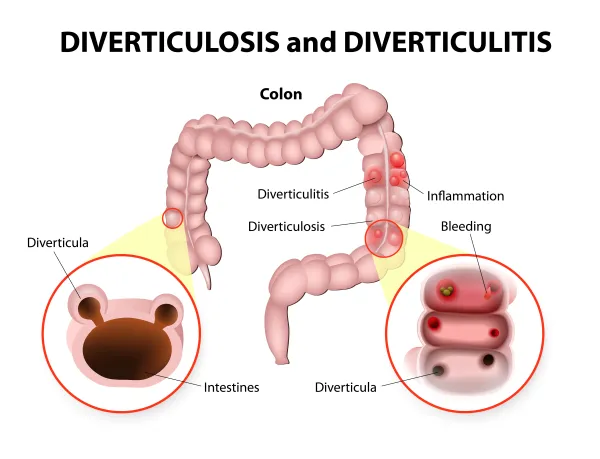General Surgery Coding Alert
ICD-10-CM Update:
Embrace New Dx Coding Options for Your Surgery Practice
Published on Tue Aug 21, 2018

You’ve reached your limit of free articles. Already a subscriber? Log in.
Not a subscriber? Subscribe today to continue reading this article. Plus, you’ll get:
- Simple explanations of current healthcare regulations and payer programs
- Real-world reporting scenarios solved by our expert coders
- Industry news, such as MAC and RAC activities, the OIG Work Plan, and CERT reports
- Instant access to every article ever published in Revenue Cycle Insider
- 6 annual AAPC-approved CEUs
- The latest updates for CPT®, ICD-10-CM, HCPCS Level II, NCCI edits, modifiers, compliance, technology, practice management, and more
Related Articles
Other Articles in this issue of
General Surgery Coding Alert
- ICD-10-CM Update:
Embrace New Dx Coding Options for Your Surgery Practice
Don’t forget ‘X’ place holder. With 320 new and 170 revised diagnosis codes in ICD-10-CM [...] - Inpatient E/M:
3 Tips Focus Subsequent Care Coding
Avoid consultation codes for Medicare. When your surgeon provides ensuing E/M services to a hospital [...] - Subsequent-Care E/M:
Avoid Surgical Conflicts with 99231-99233
Pay attention to global period. If your surgeon performs an inpatient procedure that has a [...] - You Be the Coder:
Include Excision in Z-Plasty
Question: Our surgeon performed a scar revision procedure on the patient’s right forearm that involved [...] - Reader Question:
Marshal E/M Plus Surgery Pay
Question: A patient presents to the emergency room with nausea and severe lower-right abdominal pain. [...] - Reader Question:
Distinguish Anoscopy, Proctosigmoidoscopy
Question: A patient presented with frequent constipation and blood in the stool. The surgeon performed [...] - Reader Question:
Use MIPS Lookup Tool for Your Reporting Requirements
Question: Our practice is transitioning to MIPS, but I’m unclear whether we should send quality [...] - Reader Question:
Understand Scalp "and/or" Neck
Question: Our surgeon removed a Merkel cell carcinoma from the scalp. Should we code this [...]
View All




